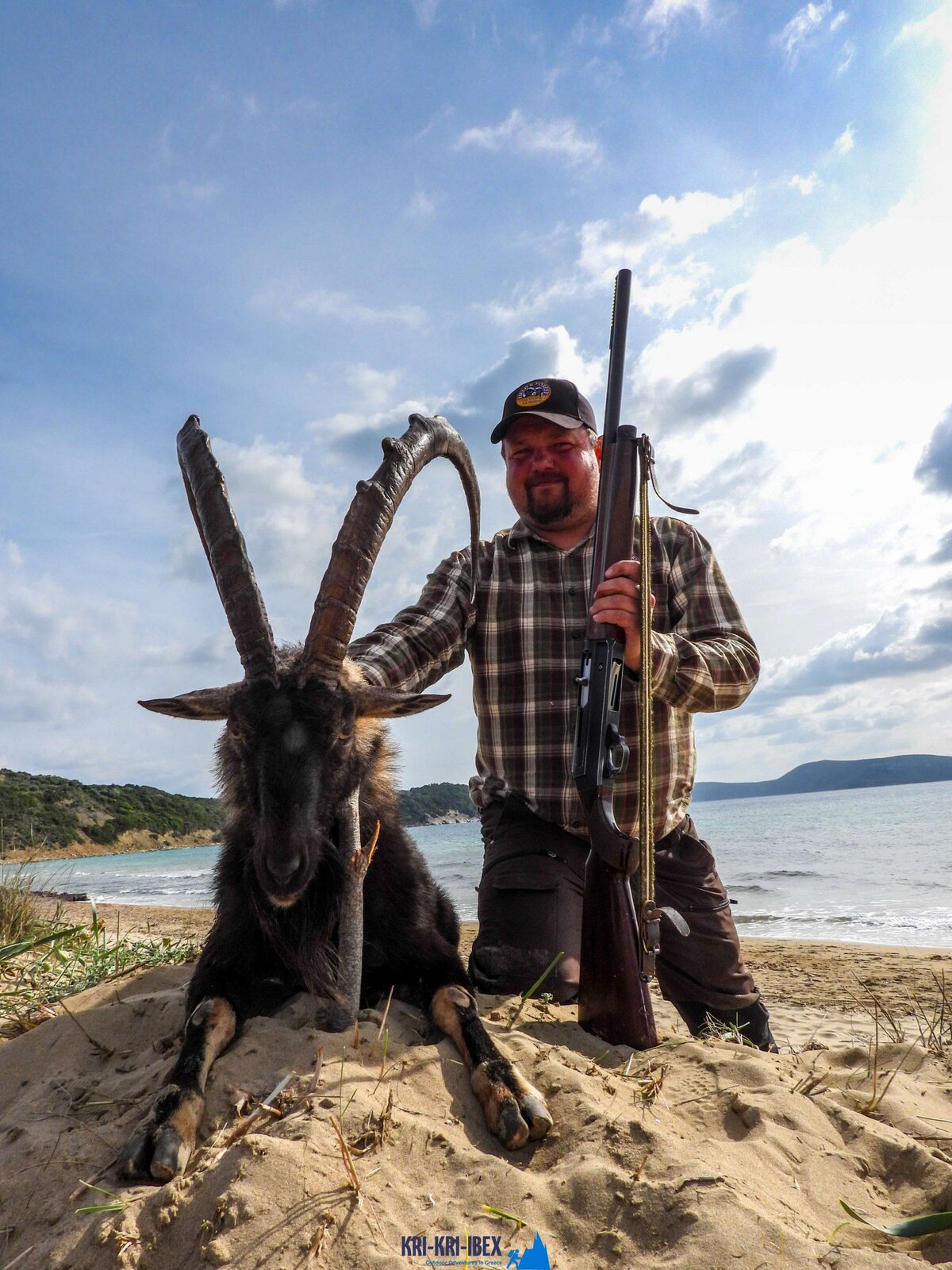Greece is waiting for you! Kri Kri ibex hunting in Greece!

The Kri Kri ibex search in Greece is an amazing searching trip and an amazing searching exploration all rolled right into one. Searching for Kri Kri ibex is a miserable experience for the majority of hunters, but not for me! It's an extraordinary hunt for a stunning Kri Kri ibex on an unique island as we visit old Greece, dive to shipwrecks, and also hunt throughout five days. What else would you like?

Searching kri kri ibex in Greece is a hard work, along with searching in general. It is challenging for non-Greek hunters to quest large video game in Greece. The kri kri ibex is the only alternative for local hunters besides swines and also roe deer, which might just be pursued in very carefully guarded unique searching areas such as certain islands. Two separate islands about 150 kilometers/ Atalanty/ and 300 kilometers/ Sapientza/ from Athens offer the chance to hunt this stunning creature. There, searching this animal is forbidden from early morning till midday, according to Greek law. Just shotguns are allowed, as well as slugs are the only ammunition allowed. You have to schedule a year in advance for hunting licenses. This makes certain that significant hunters only are permitted on these journeys. Only the Greek Ministry of Nature and also Agriculture problems the licenses, as well as the government concerns a certain number of them each year.
On our Peloponnese excursions, you'll get to experience all that this fantastic region needs to supply. We'll take you on an excursion of a few of the most gorgeous and also historical websites in all of Greece, including old ruins, castles, and extra. You'll likewise get to experience several of the standard Greek culture direct by taking pleasure in some of the delicious food as well as red wine that the area is understood for. And also naturally, no trip to Peloponnese would certainly be total without a dip in the shimmering Mediterranean Sea! Whether you're a knowledgeable hunter searching for a new tourist or a brand-new adventure just looking to check out Greece's stunning landscape, our Peloponnese excursions are perfect for you. What are you waiting for? Schedule your trip today!
If you're searching for an authentic Greek experience, then look no further than our outside hunting in Greece with fishing, and totally free diving tours of Peloponnese. This is a memorable way to see whatever that this fantastic area has to provide. Schedule your scenic tour today!
What is the diference between Kri Kri ibex, Bezoar ibex and hybrid ibex
The kri-kri is not thought to be indigenous to Crete, most likely having been imported to the island during the time of the Minoan civilization. Nevertheless, it is found nowhere else and is therefore endemic to Crete. It was common throughout the Aegean but the peaks of the 8,000 ft (2,400 m) White Mountains of Western Crete are their last strongholds–particularly a series of almost vertical 3,000 ft (900 m) cliffs called ‘the Untrodden’—at the head of the Samaria Gorge. This mountain range, which hosts another 14 endemic animal species, is protected as a UNESCO Biosphere Reserve. In total, their range extends to the White Mountains, the Samaria National Forest and the islets of Dia, Thodorou, and Agii Pandes.
This Ibex is NOT a diminutive form of the Bezoar Ibex, which has migrated into the western-most reach of the range of this species. The kri – kri (Capra aegagrus cretica), sometimes called the Cretan goat, Agrimi, or Cretan Ibex, is a feral goat inhabiting the Eastern Mediterranean, previously considered a subspecies of wild goat. The kri-kri has a light brownish coat with a darker band around its neck. It has two horns that sweep back from the head. In the wild they are shy and avoid tourists, resting during the day. The animal can leap some distance or climb seemingly sheer cliffs.
“The agrimi goat Capra aegagrus cretica is unique to Crete and its offshore islands. It has been identi®ed as a sub-species of the wild bezoar goat Capra aegagrus aegagrus Erxleben, 1777, which it closely resembles in horn shape, body form and coloration. This classi®cation has been disputed by some researchers who claim that the agrimi are feral goats, derived from early domestic stock brought to the island by the ®rst Neolithic settlers. In order to clarify this issue, DNA analyses (cytochrome b and D loop sequences) were carried out on tissue of live and skeletonized agrimi and compared to sequences of wild and domestic caprines. Results conclusively show the agrimi to be a feral animal, that clades with domestic goats (Capra hircus) rather than with wild Asiatic bezoar. This study demonstrates that morphometric criteria do not necessarily re¯ect genetic af®nities, and that the taxonomic classi®cation of agrimi should be revised.”